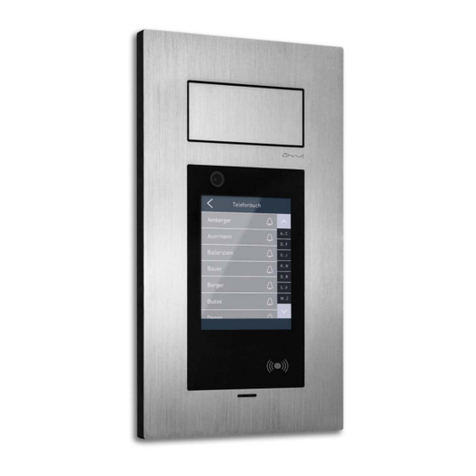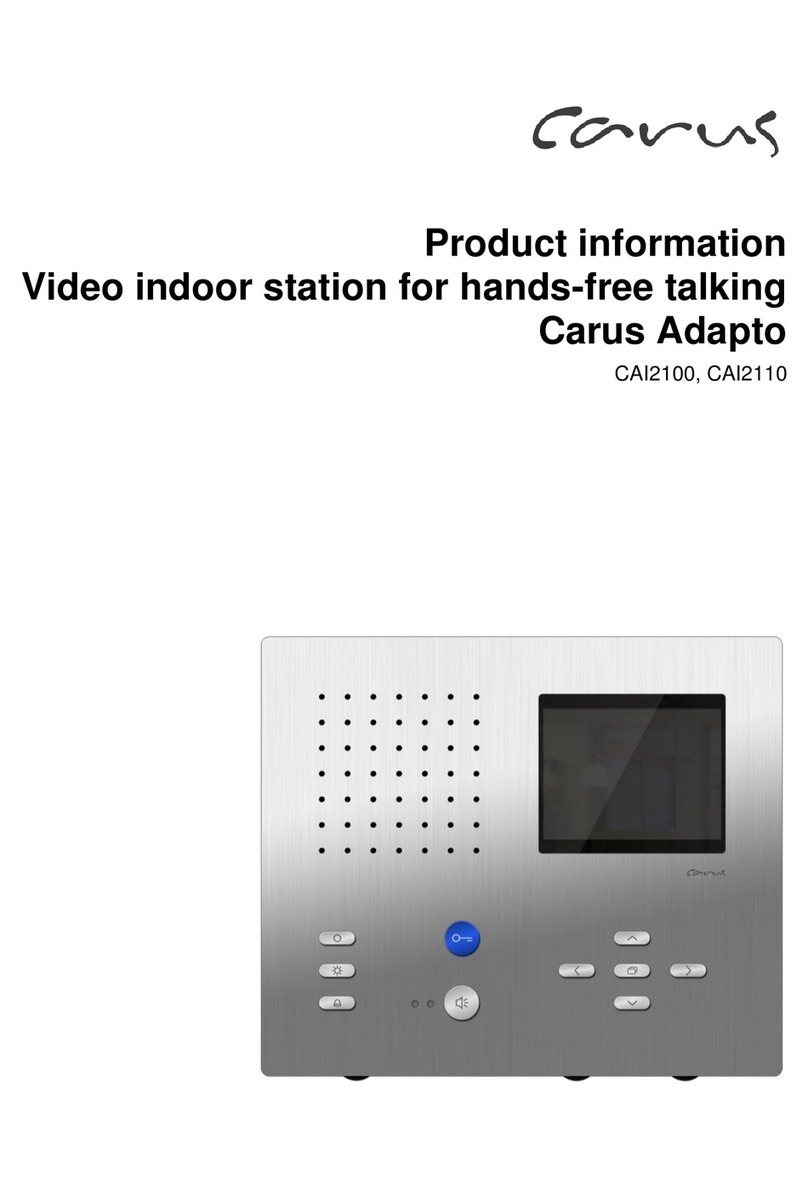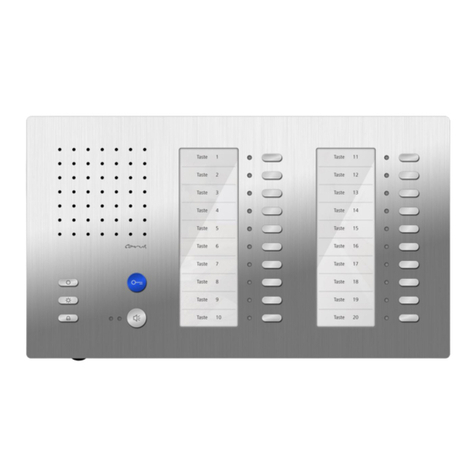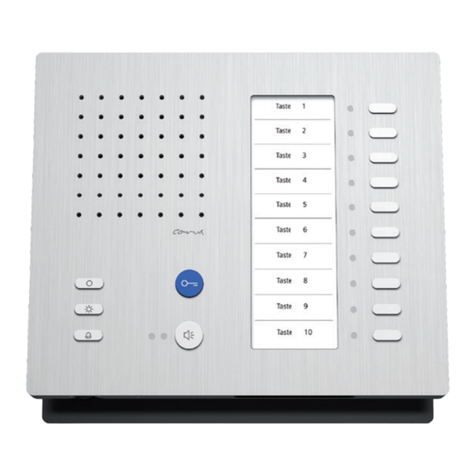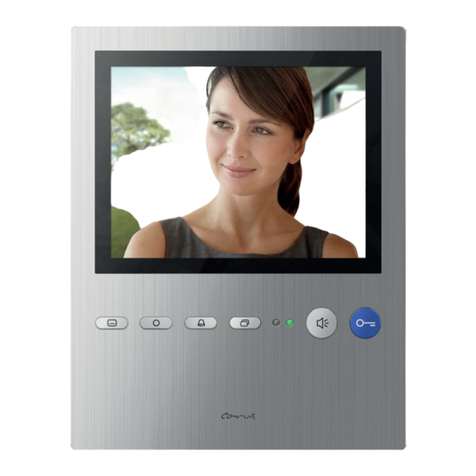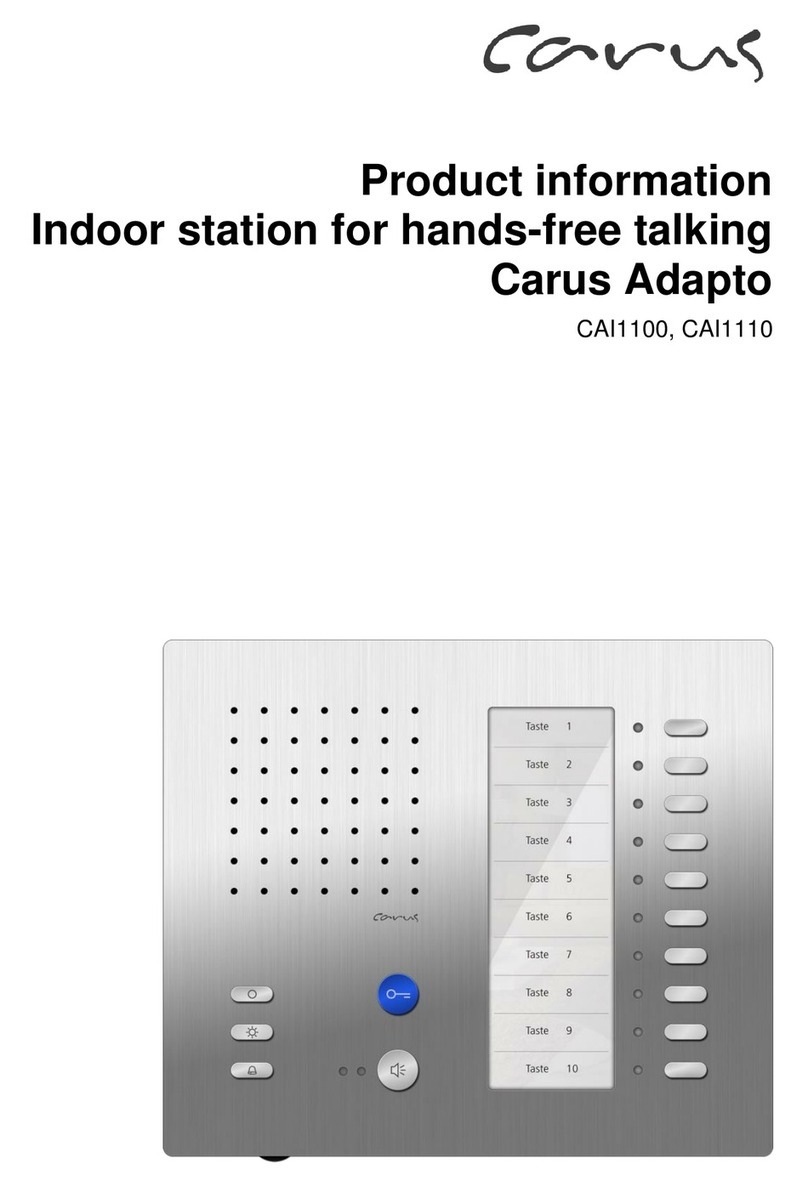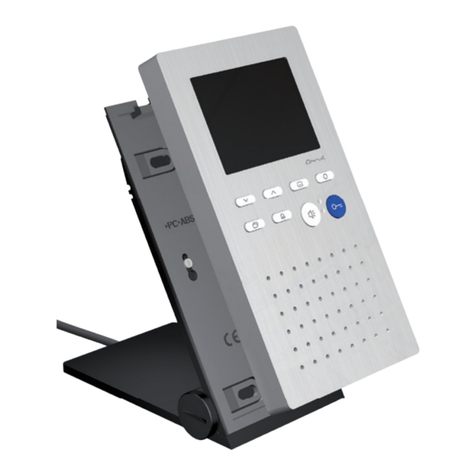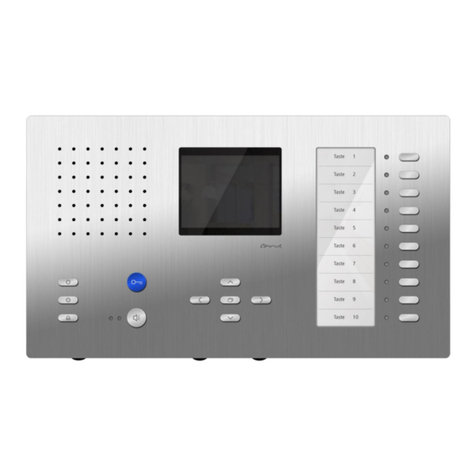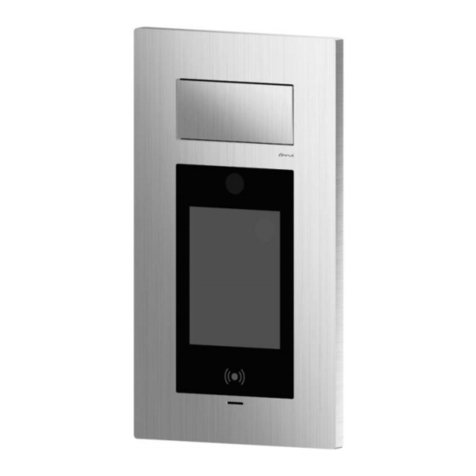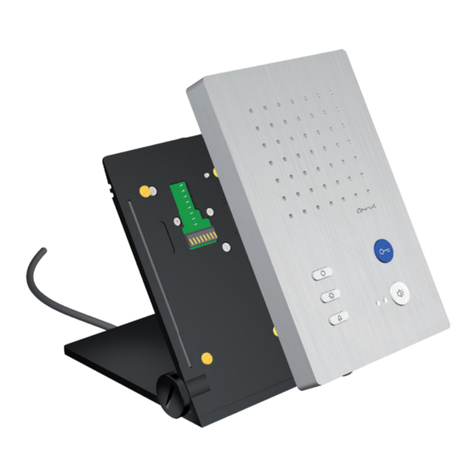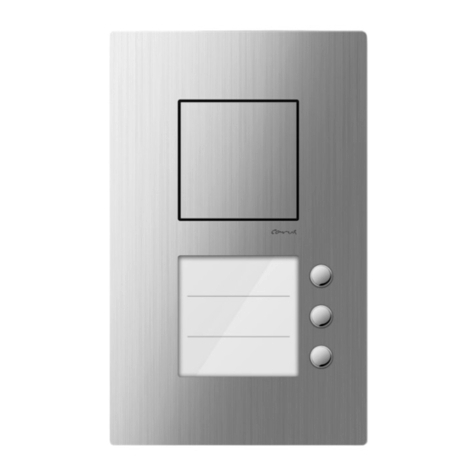
Table ofcontents
Scope of delivery..........................................................................................................................................................4
introduction..................................................................................................................................................................4
Notes on this product information ...........................................................................................................................................................................4
Further used symbols ................................................................................................................................................................................................4
Safety instructions.......................................................................................................................................................5
General safety regulations.........................................................................................................................................................................................5
requirements to protect against lightning..............................................................................................................................................................5
Product description .....................................................................................................................................................6
Intended use.................................................................................................................................................................................................................6
Short description .........................................................................................................................................................................................................6
Device overview............................................................................................................................................................................................................7
Technical data ..............................................................................................................................................................................................................8
Mounting and installation ............................................................................................................................................9
Installation ....................................................................................................................................................................................................................9
Installation site............................................................................................................................................................................................................................9
Opening the device......................................................................................................................................................................................................................9
Installing the bottom shell .......................................................................................................................................................................................................11
Connecting the lines .................................................................................................................................................................................................................11
Fixing the top shell....................................................................................................................................................................................................................12
Labelling the nameplate..........................................................................................................................................................................................................13
Closing the device .....................................................................................................................................................................................................................13
Connecting the lines..................................................................................................................................................................................................14
General information .................................................................................................................................................................................................................14
Example circuit ..........................................................................................................................................................................................................14
Initial operation..........................................................................................................................................................15
Settings........................................................................................................................................................................................................................15
Setting the volume of the system tone ...................................................................................................................................................................................15
Setting the volume of the loudspeaker ..................................................................................................................................................................................15
Setting the illumination............................................................................................................................................................................................................15
Programming the bell buttons..................................................................................................................................16
Basic principle............................................................................................................................................................................................................16
Cleaning .....................................................................................................................................................................18
Conformity .................................................................................................................................................................19
Information on disposal.............................................................................................................................................19
Warranty ....................................................................................................................................................................19
Service........................................................................................................................................................................20
3
